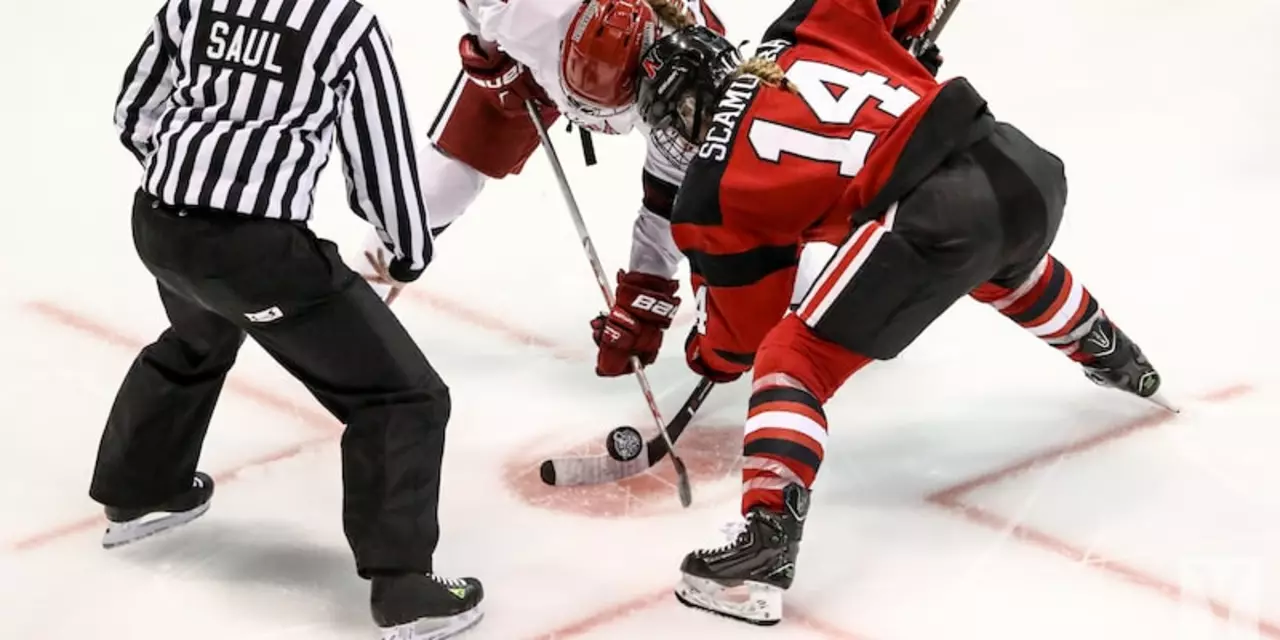Mastering Defense in Hockey: Practical Tips and Gear Advice
If you spend most of your time patrolling the blue line, you know defense isn’t just about blocking shots – it’s about reading the game, staying balanced, and making smart choices with every shift. Below you’ll find straight‑forward advice that you can start using today, whether you’re a junior player or a seasoned blueliner.
Core Responsibilities on the Ice
The first thing to nail down is what a defender actually does during a game. Your main jobs are to keep the puck out of your zone, support the forwards, and start the attack when you win the puck. That means positioning matters more than raw speed. Stay shoulder‑to‑shoulder with the winger you’re covering, keep your stick on the ice to block passing lanes, and keep your eyes on the puck carrier’s hips – that tells you where they’ll go next.
Timing your body checks is another key skill. A well‑placed check can separate the opponent from the puck without drawing a penalty. Practice stepping into the hit with your weight low and your stick down, aiming for the opponent’s lower body. Remember, a clean hit feels like a push; a sloppy one lands you in the box.
Choosing the Right Stick for a Defenseman
Stick selection is personal, but there are a few trends that work well for most defenders. You want a stick with a stiffer flex – something in the 100‑130 range – because you’ll be taking longer passes and need the power for slap shots from the point. A mid‑length blade (around 4‑5 inches) gives you enough leverage for poke checks while still letting you handle the puck in tight spaces.
Brands that often get the nod from blueliners include the Bauer Nexus 2N Pro, CCM Ribcor Reckoner, and Warrior Alpha QX. If you can, test a few models at your local shop. The right stick should feel solid in your hands, not wobble, and the toe should sit just right for your wrist snap.
Don’t forget the taper and curve. A slightly deeper curve helps lift the puck for quick point shots, while a moderate taper keeps the blade light enough for fast stickhandling along the boards.
Beyond the stick, make sure your gear supports your defensive style. Pad placement matters – a lower‑centered shoulder pad lets you stay low for checks, and a sturdy knee pad protects you when you drop into the slot to block shots. Some defensemen even add a reinforced forearm guard for extra protection during those heavy hits.
Training off the ice is just as vital. Work on lower‑body strength with squats and lunges to improve balance, and add plyometric drills to boost your first‑step speed. On‑ice drills like the “zone exit” drill, where you quickly transition from defense to a forward pass, sharpen your decision‑making under pressure.
Finally, mental sharpness makes or breaks a defender. Stay aware of the opponent’s tag‑up options and communicate constantly with your goalie and back‑checking forwards. A quick “I’ve got the left‑side” or “Switch” can prevent a scoring chance before it unfolds.
By focusing on positioning, picking the right stick, and sharpening both physical and mental skills, you’ll become a more reliable presence on the blue line. Keep these tips in mind, test the gear, and watch your defensive play improve game after game.

What is a stick check in hockey?
A "stick check" is a defensive tactic in hockey. It involves a defender using his stick to check an attacking player in order to disrupt their possession of the puck. The defender usually attempts to lift or poke the player's stick in order to knock the puck away, while also keeping the defender's body between the attacking player and the net. It is a skill that requires practice and can be both effective and dangerous. Stick checks can lead to penalties if done in a dangerous or illegal manner, so it is important for players to understand the rules and practice the technique properly.
Read More